By Xu Xueying
(CNS)--Is climate change a trap for western countries to restrict developing countries? Under the current technological level, carbon emission reduction surely hurts economic growth. In recent years, the United States withdrew from the Paris Agreement with the excuse of "severe finance and economic burdens".
As the world's largest developing country, how can China's "dual carbon" process parallel economic development? How can it achieve the world's most considerable carbon emission reduction in a shorter time?
"Over the years, China has made many achievements in improving energy efficiency and vigorously developing new and renewable energy sources." Pang Jun, dean of the School of Environment & National Resources, RUC, and researcher of the National Academy of Development and Strategy, RUC, pointed out in an exclusive interview with CNS's "W. E. Talk" that economic structure changes would affect the total energy consumption and energy mix, and the promotion of low-carbon concepts can bring more business opportunities. China, with determination and willpower, can accomplish the "dual carbon" goal on schedule and contribute to the international environmental protection through the "1+N" policy system, the synergistic effect of pollution reduction and carbon emission reduction, the establishment of a sound market mechanism such as carbon pricing, the vigorous development of new energy and renewable energy technologies, and the development and utilization of carbon capture and carbon absorption technology, etc.
Here are excerpts from the interview:
CNS: How can China achieve the world's largest carbon emission reduction in a shorter time? What are the differences between its carbon emission reduction initiatives and that of western countries?
Pang Jun: From carbon peaking to carbon neutrality, the US plans to spend 43 years from 2007 to 2050, and the EU needs 71 years, while China is committed to achieving carbon neutrality within only 30 years.
China is facing difficulties that western countries were not in carbon emission reduction. When western countries proposed to reduce carbon emissions, they had basically been at the late stage of industrialization and had completed the transformation of industrial structure, with many high-polluting, high energy-consuming, and high carbon-emission industries having been moved to developing countries. But it is difficult for China to reduce carbon emissions through industrial transfer due to the factors such as population, industries, and technologies, as well as some obstructions caused by the international industrial division of labor. At the same time, the task of carbon emission reduction will be even more arduous as China's energy mix is dominated by coal.
Although there are only 30 years for the plan, China has the determination and will to achieve the "dual carbon" goal as scheduled. Its actions are as follows:
First, based on the national conditions of the coal-dominated energy mix, it vigorously improves energy efficiency and reduces carbon emissions per unit of GDP, and meanwhile, energetically develops new and renewable energy. Currently, China's renewable energy development has ranked among the top in the world. Its installed capacity of hydropower, wind power, and photovoltaic power is among the highest globally, and its new energy vehicle market rapidly rises, all of which are conducive to carbon emission reduction.

Second, in terms of top-level design, China has proposed a "1+N" policy system for the dual carbon goal, which determines the specific timetable and roadmap. For different industries, such as energy, industry, urban and rural construction, and transportation, China has introduced carbon peak plans in key areas and carried out work for the carbon peaking in phases orderly.
Third, compared with western countries, China has adopted a synergistic approach to reduce pollution and carbon emissions. In other words, while reducing greenhouse gas emissions such as carbon dioxide, China will advance air pollution prevention and control and synergistically reduce traditional pollutants such as nitrogen oxides, volatile organic compounds (VOCs), and sulfur dioxide.
Finally, China has established the world's largest carbon market, which is larger in volume than western countries. In the future, the national unified carbon market can be incorporated into different industries to form effective carbon emission reduction measures for high energy-consuming industries through measures such as Chinese Certified Emission Reduction (CCER) trading, carbon tax, renewable energy quota, renewable energy trading system and green power certificate trading system.
CNS: With the Ukraine crisis and other unfavorable international situations, global energy prices have soared, and European countries continue to face "oil and gas shortage". Will these factors slow down countries' progress toward the "dual carbon" goal? What is the impact on China's energy transition?
Pang Jun: In the short term, as the EU relies heavily on Russian natural gas resources, the Ukraine crisis has impacted the EU's low-carbon transition strategy to a certain extent.
Europe is facing difficulties in obtaining Russian natural gas and the coming winter heating pressure. Therefore, energy security is more important than low carbon and energy transition now. To solve the winter heating and other energy demands, Germany, Italy, and other countries may restart coal-fired power generation or delay the closure of coal-fired power plants. These measures could even affect the EU's goal of reducing greenhouse gas emissions by 55% by the end of 2030 compared with 1990.
But in the long run, various countries will eventually move toward a low-carbon future. If the Ukraine crisis persists, the Europe may reconsider its energy transition path. First, it would seek to reduce its energy dependence on Russia and diverse energy supply sources. Second, it will intensify its efforts to develop renewable energy, such as solar energy, hydrogen, and other energy sources.
The Ukraine crisis has no apparent direct impact on China's energy transition. Because China's energy mix is dominated by coal power instead of natural gas supplied by Russia, on the contrary, in a sense, Russia can supply more clean natural gas to China, which can help China increase clean energy sources. But China's energy transition can learn lessons from the impact of the Ukraine crisis on European energy, namely, over-dependence on foreign energy resources can jeopardize a country's energy security.

CNS: As China's energy mix is dominated by coal and its industrial structure is dominated by heavy industry, reducing pollution and carbon emissions still face many difficulties and challenges. What measures will be taken to ensure energy security and industry & supply chain security in the "dual carbon" initiative? How can China's energy transition coordinate with economic development?
Pang Jun: It's challenging to change the coal-based energy mix in China in a short time. To ensure energy security, we must fully realize the dominant role of coal in China's energy and ensure its continuous and stable supply. Meanwhile, coal's clean and efficient use should be taken as an essential means. On the one hand, we should adopt appropriate measures for coal enterprises, supporting clean energy utilization technology and promoting their technological upgrading. On the other hand, we should pay attention to the diversification of energy supply sources and intensify our efforts to develop clean energy.
These measures also apply to industry & supply chain security. The "dual carbon" goal cannot be achieved in one stroke. We should tap enterprises' energy efficiency potential to achieve a "dual carbon" goal instead of imposing uniformity on important industries with high carbon emissions.
China's economy has entered a stage of high-quality development, which requires establishing a sound economic system featuring green, low-carbon, and circular development. Coordinating energy transition with economic growth needs to reduce the proportion of fossil fuels, promote energy diversification, and increase renewable energy sources such as hydrogen. All these depend on technology. Therefore, we need to continuously develop new energy, energy saving, and efficiency technologies, and tap the transformation potential through technology, to ensure the continuous supply of energy sources needed for economic development.
Meanwhile, economic development is also a significant driving factor of energy demand. Energy demand usually grows along with economic development, but changes in economic structure can also affect total energy demand and energy mix. Developing high-value-added industries such as high-tech and financial service industries and upgrading traditional industries can help accelerate the energy transition.
CNS: As China is vast in territory, different regions differ significantly in resource endowments, industrial division, economic development, and carbon emission levels. So what are the different directions of industrial restructuring in various regions of China? How to resolve inter-provincial carbon inequality issues in the design of the national carbon market?
Pang Jun: Western China is rich in energy resources, especially new and renewable energy, but is low in economic development level; central China has a relatively developed economic level with more prominent labor-intensive industries and a high proportion of heavy and chemical industries; eastern China has a high economic development level and often relies on an external supply of energy.
The industrial restructuring of each region in China should give full play to their resource endowments and comparative advantages. Only in this way can we rationalize the industrial structure of each region and form a synergistic division of labor among regions under the overall economic development pattern.
The eastern region should further the transformation of traditional industries and technological innovation, develop an export-oriented economy, such as high value-added high-tech and digital industries, and enhance international competitiveness. The central region, with a relatively higher proportion of heavy chemical industries, should accelerate industrial transformation and upgrading, promote industrial upgrading from high-consuming, high-emission, and low-value-added industries to low-consuming, low-emission, and high-value-added industries, and boost the development of tertiary industries. The western region can serve as an important base for China's new energy industry in the future to provide high-quality clean energy to other regions.
It is crucial to prevent the transfer of polluting industries across regions. The eastern region should refrain from transferring polluting industries to the west region with the excuse of development, and the western region shouldn't take over the high pollution and high energy-consuming industries to raise its GDP.
Inter-provincial trade issues should be considered in the design of the national carbon market. In inter-provincial trade, provinces with intensive energy industries or a higher proportion of heavy chemical industries often undertake some carbon emissions for other provinces; developed provinces with industrial structures dominated by high value-added industries often transfer some carbon emissions to other provinces.
Therefore, to solve inter-provincial carbon emission inequality, we should first fully consider the spatial distribution characteristics of carbon emissions and scientifically define each province's responsibility for carbon emission reduction. The provinces with high energy consumption should be allocated more quotas in the national carbon market. More quotas have no restraints, while tight quotas will significantly impact the industries of these provinces. Therefore, carbon quotas should be moderate and have leeway, allowing provinces some time to adjust their energy mix gradually.
Secondly, in the long run, we should concentrate our efforts beyond the carbon market, helping high-energy-consuming provinces upgrade their industrial and energy mix as soon as possible through support of finances, technology, and talented people. For example, carbon emission reduction funds can be raised through moderate carbon quota auctions to help provinces with traditional industries carry out energy-saving renovation and industrial technology upgrading and alleviate the regional inequity exacerbated by the different inter-provincial allocations.
CNS: As an extensive and profound economic and social systemic change, is there any experience that can be referred to in the world's carbon emission reduction history? What can China's "dual carbon" actions bring to international environmental protection?
Pang Jun: During carbon emission reduction, developed countries pushed enterprises to reduce emissions and pollution through legislation, financial and tax incentives, scientific research, and other means, restricting the development of high-polluting and high-energy consuming industries. Meanwhile, they promoted low-carbon culture and concept to the public and created a social atmosphere where low-carbon and clean energy were advocated. Their effective initiatives for global carbon emission reduction are worth learning from.
China's "dual carbon" actions will contribute to international environmental protection.

First, as the world's largest emitter of greenhouse gases, China's contribution to global emissions reduction in achieving "carbon neutrality" is indisputable. China's vigorous promotion of ecological conservation, new energy development, and low-carbon transitions have made outstanding contributions to the world's environmental protection.
Second, it will show the world that China is practicing the "dual carbon" concept. Other countries can learn from the experience of China's actions. Meanwhile, China's efforts will have a demonstration effect and create an international trend of carbon emission reduction, which will pressure some negative-working countries, propel them to promote carbon emission reduction, and eventually contribute to global carbon emission reduction.
Finally, China's promotion of low carbon can also bring more business opportunities. For example, the vigorous development of renewable and new energy vehicles involves digital transformation. This means that some companies will have business opportunities in new areas, and our country's new energy technology innovation will be accelerated. It even promotes the development of new energy technologies worldwide, benefiting both the economy and ecology.
The interview record was first published on October 11, 2022 by China News Service.










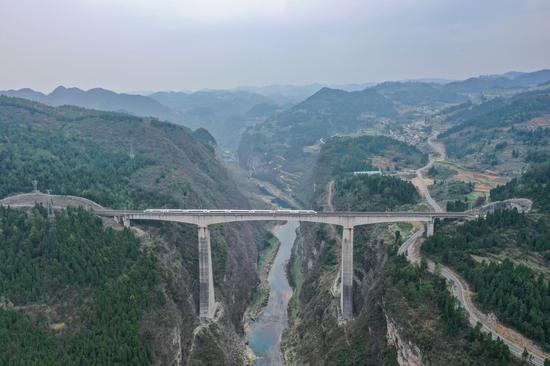
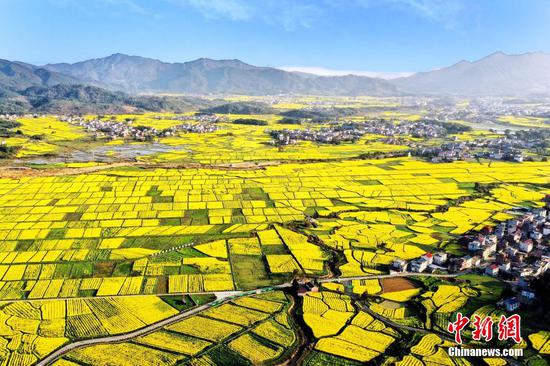






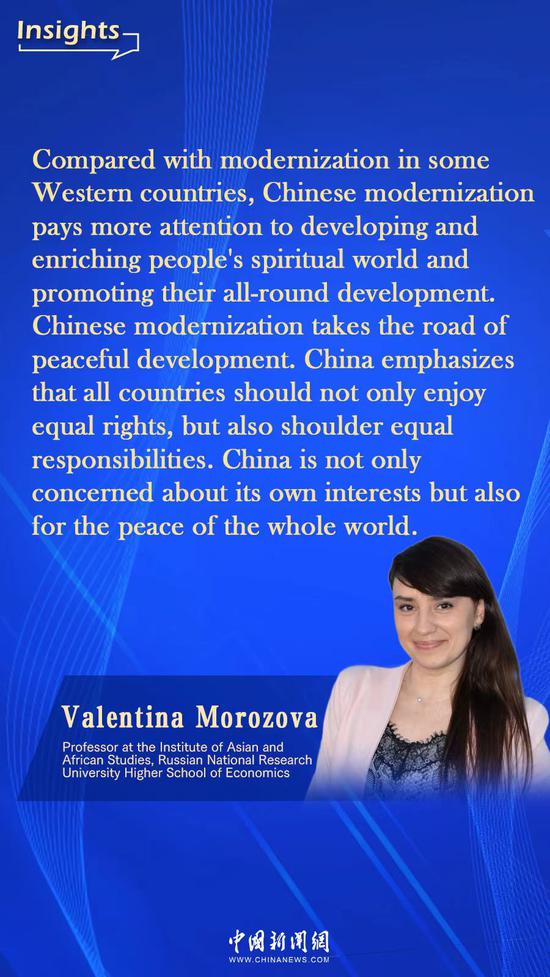
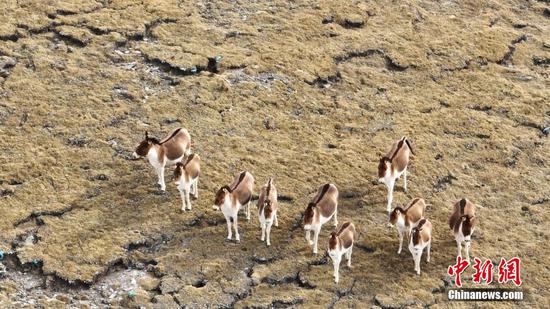


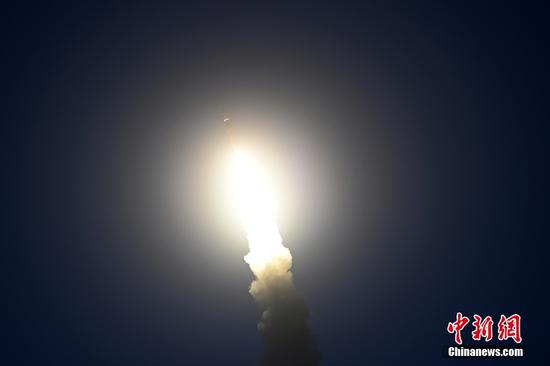
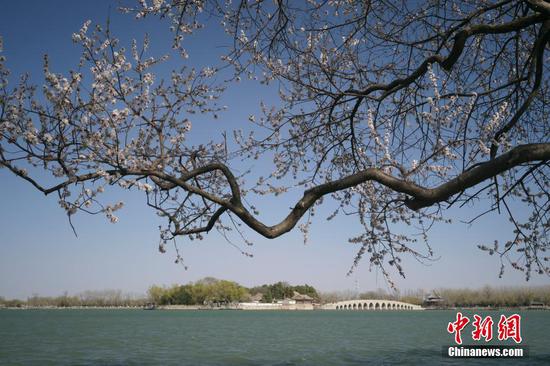



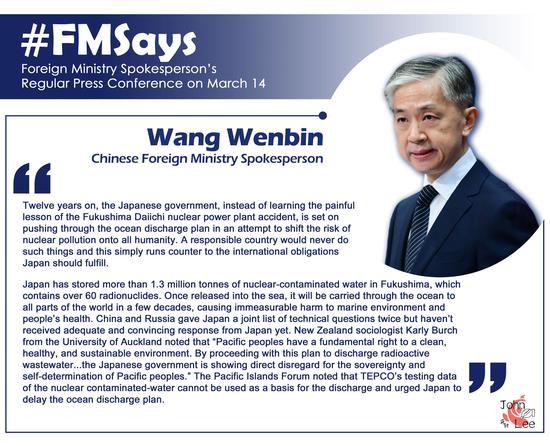
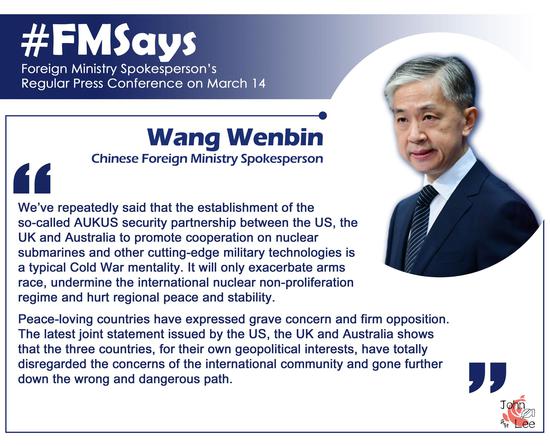










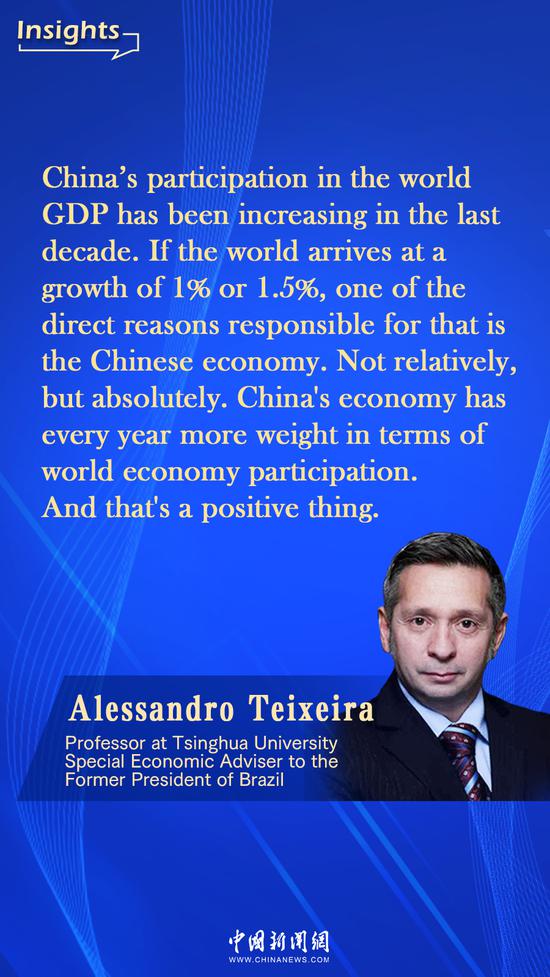




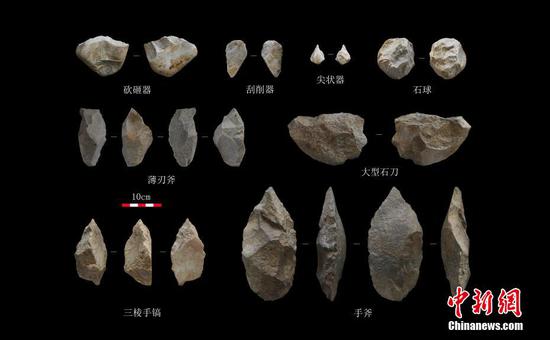





 京公网安备 11010202009201号
京公网安备 11010202009201号